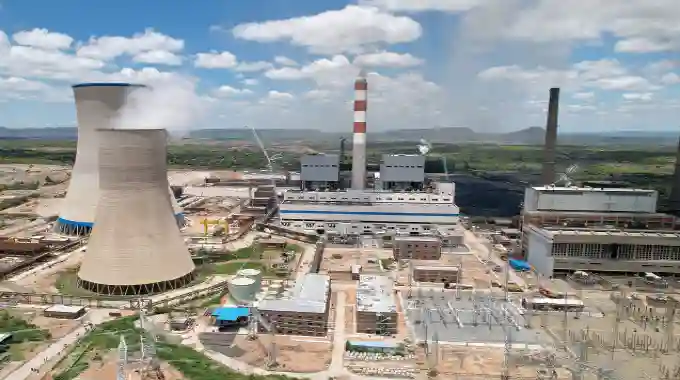Power generation at the Hwange Thermal Power Station has slightly improved, according to statistics published by the Zimbabwe Power Company (ZPC) on Monday, August 26.
ZPC reported that Hwange is currently generating 780 MW, a slight increase from Saturday, August 24, when the coal-fired power plant was producing 635 MW of electricity.
On Saturday, ZESA Holdings announced an increase in load-shedding across the country due to a technical challenge that occurred at Hwange’s Unit 8, which has an installed capacity of 300 MW. Said ZESA:
ZESA Holdings would like to inform its valued customers that the national power grid is currently experiencing reduced electricity generation capacity due to a technical challenge that occurred at the Hwange Thermal Power Station’s Unit 8.
As a result of this generation shortfall, the utility has had to implement increased load-shedding schedules across the country to balance electricity supply and demand.
Our technical teams are frantically working on resolving the fault to minimize the impact on customers.
It remains unclear if Unit 8 is now generating power at reduced capacity or if the old units, Units 1 to 6, have increased their generation.
Hwange Thermal Power Station is currently generating the bulk of Zimbabwe’s electricity, as the Zambezi River Authority has reduced the water allocated to ZESA and ZESCO (Zambia) for power generation from Lake Kariba due to the severe drought which impacted inflows.
According to ZPC, this Monday, the Kariba Power Station was generating 215 MW, while independent power producers (IPPs) contributed an additional 47 MW, bringing the total national generation to 1,042 MW.
Before August 21, the Hwange Thermal Power Station was producing more than 1,000 MW, and the hope is that it will reach and even surpass that level of generation sooner rather than later.
For several months, Zimbabweans have been enduring prolonged power outages, with load-shedding schedules often exceeding 15 hours per day. However, there was a brief respite in the lead-up to the SADC Summit held in Harare on August 17.
In the weeks preceding the regional conference, Zimbabwe experienced a slight improvement in electricity supply, providing some relief to citizens. But this reprieve was short-lived.
As soon as the last Head of State had departed Harare after the summit, the power utility reverted to the debilitating load-shedding regime.
This sudden reversion has left citizens with unanswered questions about where the electricity went and why the power situation deteriorated so quickly.
More: Pindula News

